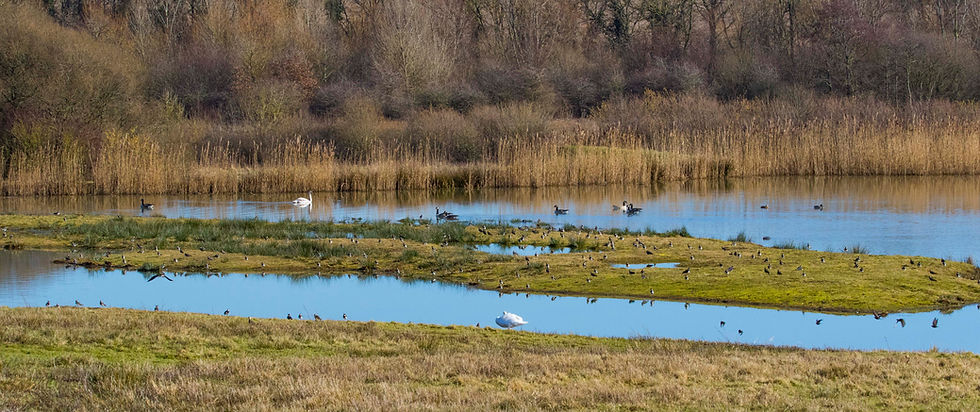WILDLIFE TO LOOK OUT FOR IN NOVEMBER

NOVEMBER
November brings the summer migrants to an end and an ever increasing number of winter migrants arriving. Fieldfares, Redwings and large flocks of Starlings that are putting on spectacular murmuration’s over the wetland areas are a feature well worth watching this month. This is a new phenomenon here as the numbers started building each year as Starlings started roosting in the new reedbed. We now have upwards of 3000 each night. Small numbers migrant Mistle Thrushes, Blackbirds and Song Thrushes will be arriving from the continent and numbers of wading birds like Snipe, Sandpipers and Lapwing will can be seen on the wetland areas. The Fallow deer will be moving to more open ground in the day and should start to be seen in small herds.
Some of the grasslands will now have been cut and the island vegetation will have been strimmed back to create grazing and flocking areas for winter ducks, geese and Pipits as they arrive. The resident Barn Owls will be hunting in the early evening and morning – look along areas of rough grass. Tawney Owls will be pairing this month and their screeching will be easily heard at night. It’s a good month for seeing unusual visitors so keep your eyes open for rare birds.
Come and enjoy.

























